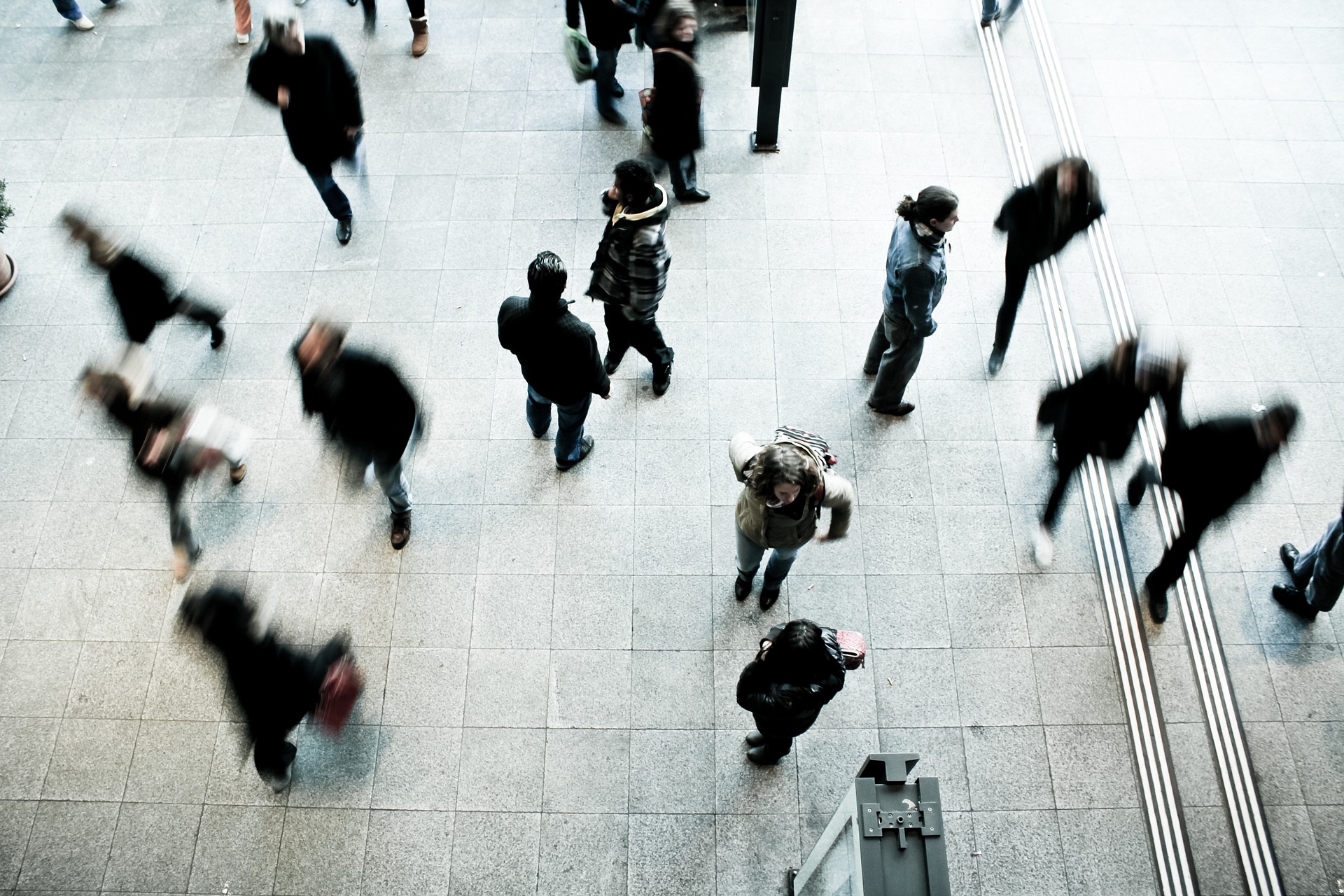
The best way I can describe having PTSD is that you are constantly on high alert and your brain is going going going at 100 miles an hour, waiting for the next thing to happen, the other shoe to drop, and you’re not safe. You’re never safe. It’s dangerous to even walk down the street because life can and does change in an instant.
Like millions of people around the country, that instant for me happened on September 11, 2001. I glanced at the TV where the local NYC news was playing, and got in the shower. When I stepped out of the bathroom fifteen minutes later, the world had literally exploded outside my window. I lived across the water from the Twin Towers – the beautiful view that greeted me each night as I looked out. There were plumes of smoke billowing and coming into Brooklyn Heights. Pieces of paper were flying past me and I reached out and caught one. It was a corner of an office memo. I wish I knew who it was from.
I kept turning my head to the live scene to my left and the muted scene on the TV to my right. I then thought, “Oh look at that plane, its flying low. I bet it’s going to fly by the tower to report what’s happening.”
This is the moment the PTSD kicked in. I know the plane hit with a huge bang and exploded. I know there was a fireball. I know I realized that thousands of people died while I watched. I’ve been told I screamed hysterically. But it’s gone, literally wiped from my brain. It’s a story. Everything speeds up again right after – running outside certain I was going to die, birds flying overhead in a panic, the eventual fall of the Towers, the dust of people who had perished in layers on the street and in my apartment. But that moment is gone.
The aftermath was horrible. I was on high alert 24/7. My grandfather, who was a Holocaust survivor and had PTSD at a level I can’t even begin to comprehend, told me to stay away from crowds and it seemed surreal to have to hear that. Tanks rolled down my street. The bomb squads kept showing up. Once Manhattan reopened and I could get back to my job downtown, I couldn’t ride the subway by myself – I had to be accompanied to work and home again. I spent a fortune on cabs, holding my breath as we crossed the Brooklyn Bridge, praying that I would make it across before Al Qaida blew it up. I want to make it clear: there was never a single second that I blamed the Muslim community for 9/11. This was not an act of Islam, but an act of hate by radicals.
When planes started flying again I would look up and wait for them to hit a building and explode. And the nightmares – constant nightmares of planes crashing, with or without me on them. An obsessive need to talk and talk and talk about what I saw. My relationships deteriorated – my partner at the time told me she knew she had to end it with me when I refused to fly to her beloved grandmother’s funeral. I couldn’t – all I had to do was drive by an airport and see an airplane on the runway to burst into hysterical tears. I drank and took a lot of pills to escape what I couldn’t predict and couldn’t control.
Eight years went by and I was effectively grounded. I went nowhere, did nothing. I, who had loved to travel and lived abroad for years, couldn’t fathom flying on a plane that surely would become a killing machine. I felt so alone; around me, everyone seemed to have gone back to normal, flying and living their life while I was stuck in this spiral of fear.
I finally had enough. I took a job that required me to travel around the country. I did therapy where I practiced takeoffs in my mind and followed a plan set by a fear of flying course. I took anti-anxiety meds. In April of 2009, I boarded a plane to Atlanta, with my co-workers cheering me on. It took medication to get me there, but I got there.
Now, I fly multiple times a year, including to the UK. I have moments of panic leading up to and boarding the plane but I get on. I have a flight plan laid out of how I’ll fill each half-hour so I don’t start obsessing about what the plane is doing. I no longer need meds.
And the nightmares have stopped.
I have a tattoo on my upper left arm – that I had done in England – that is a paper airplane with the words “Let Go of Fear and Fly” in celebration of what I did. But I am one of the lucky ones. The New York Times published an article in 2011 that stated thousands of New Yorkers still suffer from PTSD. The despicable lack of assistance we give our veterans who have this needs to change – they deserve our help for all they have seen and been through. Trust me, I am a strong person in many ways and I’ve had to come to terms with the fact that yes, I had PTSD and no, it’s not shameful and doesn’t define me as a person. During PTSD Awareness month, I ask that you also acknowledge that PTSD exists, people need help, and it’s up to us to ensure that happens.
